IrDA 4 Click
R570.00 ex. VAT
IrDA 4 Click is a compact add-on board that provides a cost-effective solution for sending and receiving IR serial data. This board features the TFBS4650, an infrared transceiver from Vishay Semiconductors. The transceiver includes a PIN photodiode, an infrared emitter, and a low-power integral circuit and complies with the IrDA physical layer specification. In addition, it features the MCP2122, an infrared encoder/decoder from Microchip that sends and receives IR serial data between the infrared transceiver module and the host MCU. This Click board™ makes the perfect solution for the development of short-distance communication and data transfer or in use in environments where RF is problematic.
IrDA 4 Click is fully compatible with the mikroBUS™ socket and can be used on any host system supporting the mikroBUS™ standard. It comes with the mikroSDK open-source libraries, offering unparalleled flexibility for evaluation and customization. What sets this Click board™ apart is the groundbreaking ClickID feature, enabling your host system to seamlessly and automatically detect and identify this add-on board.
Stock: Lead-time applicable.
| 5+ | R541.50 |
| 10+ | R513.00 |
| 15+ | R484.50 |
| 20+ | R466.26 |

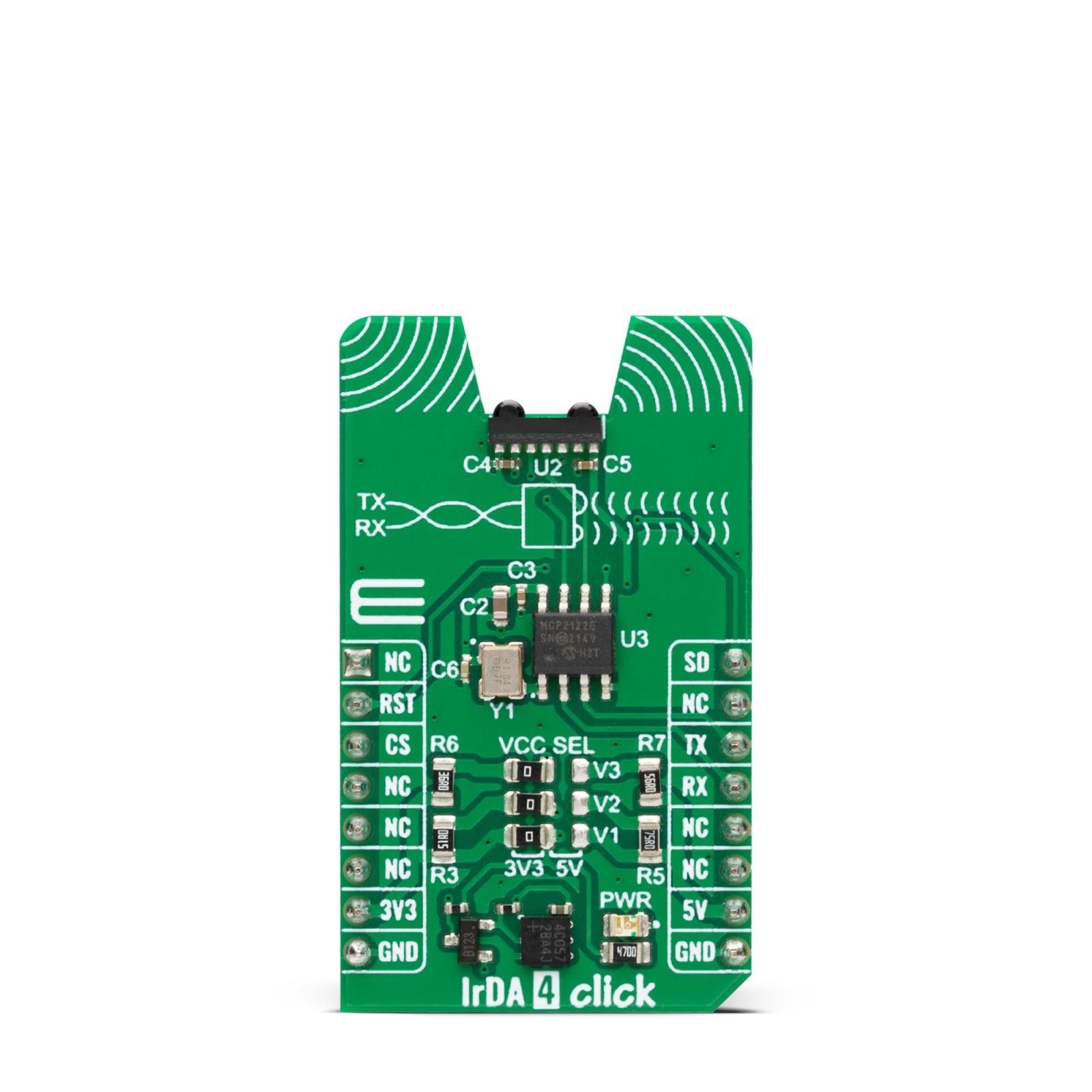

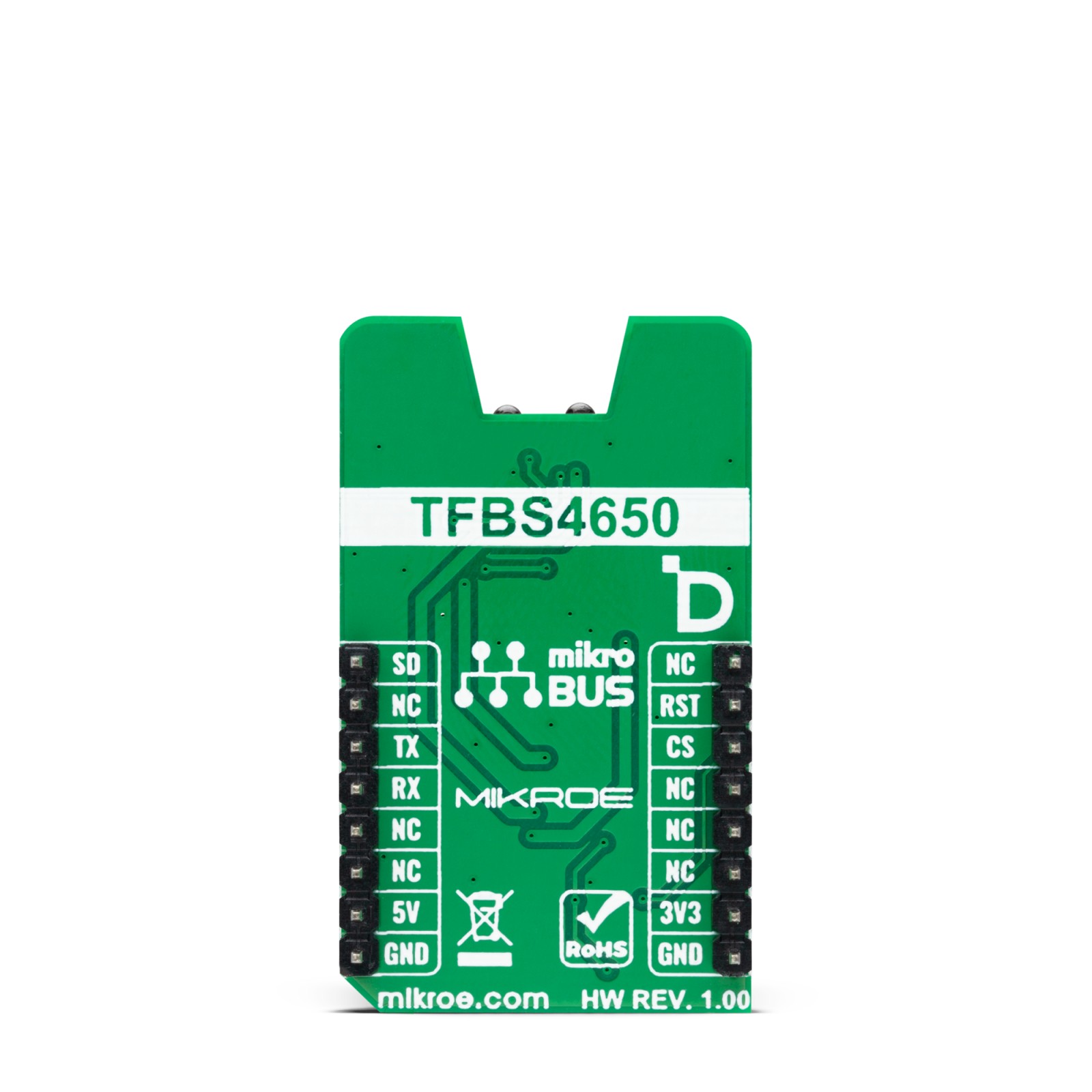
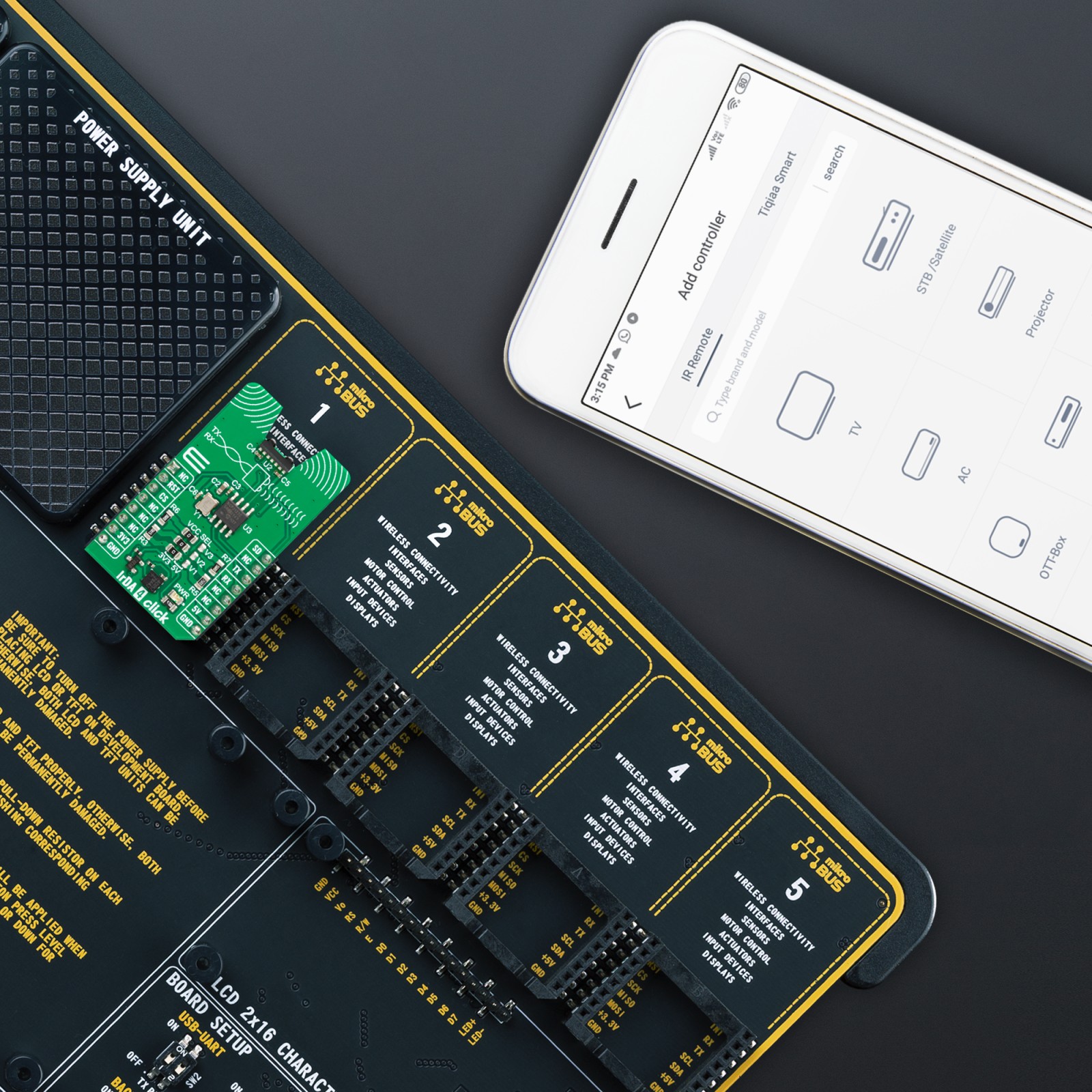
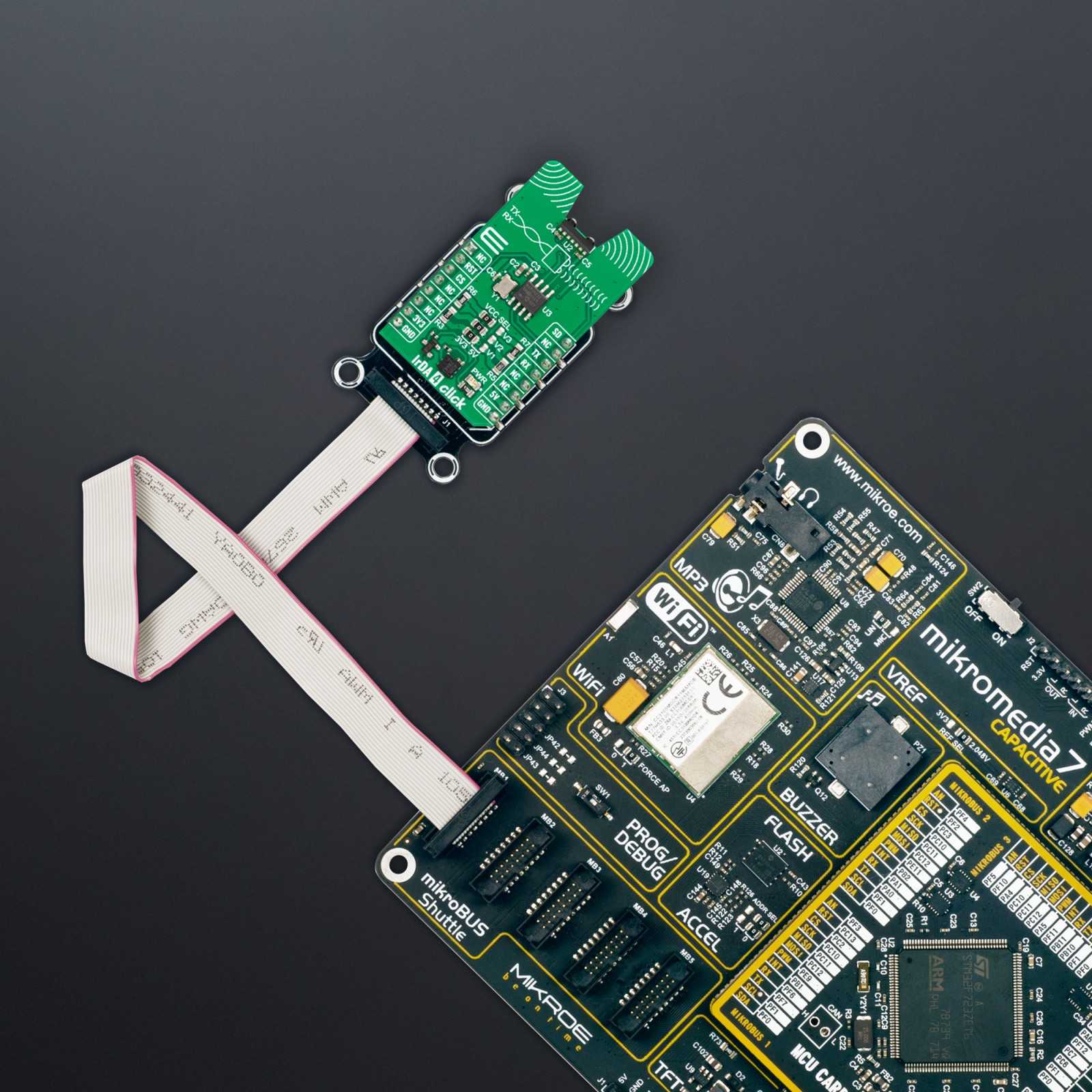
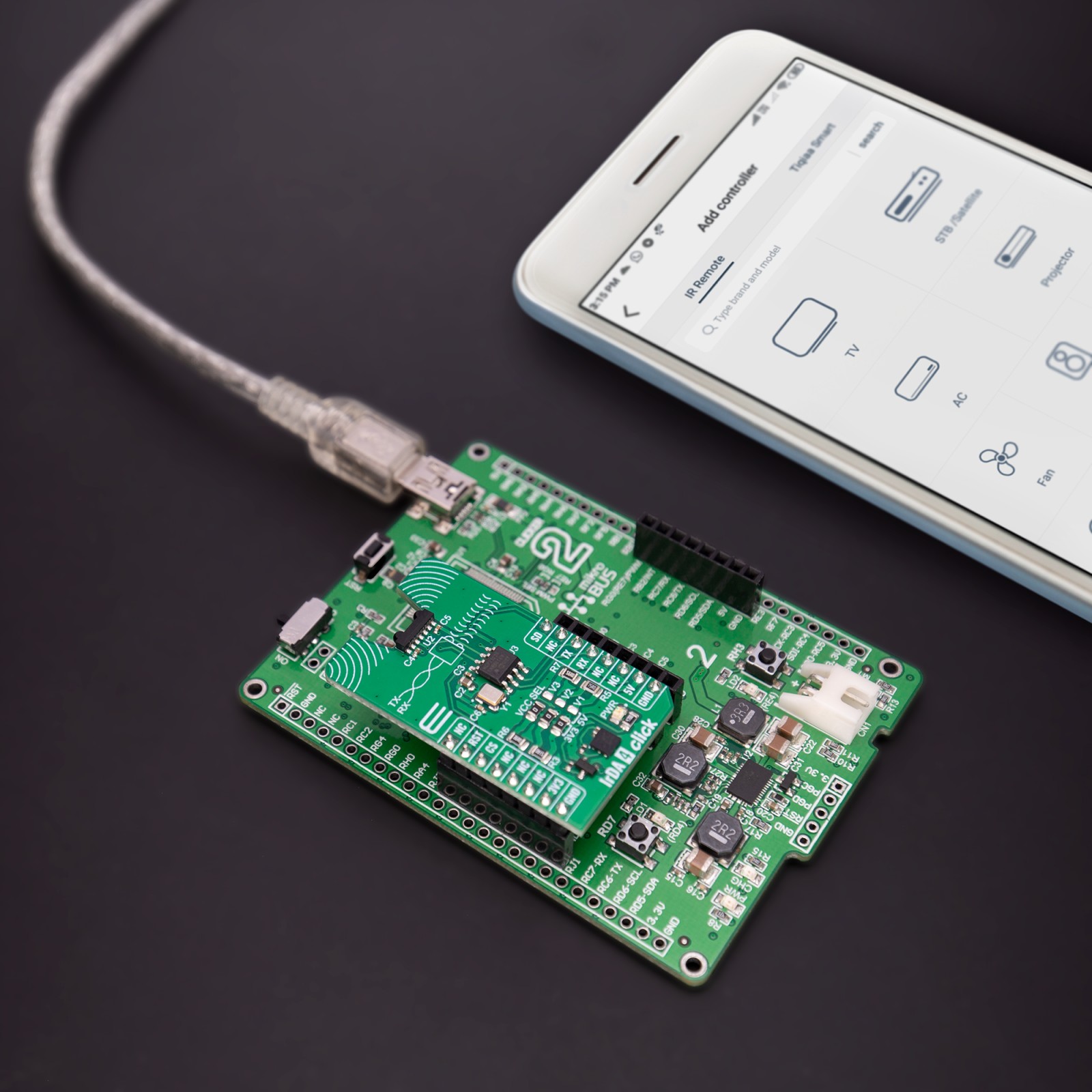
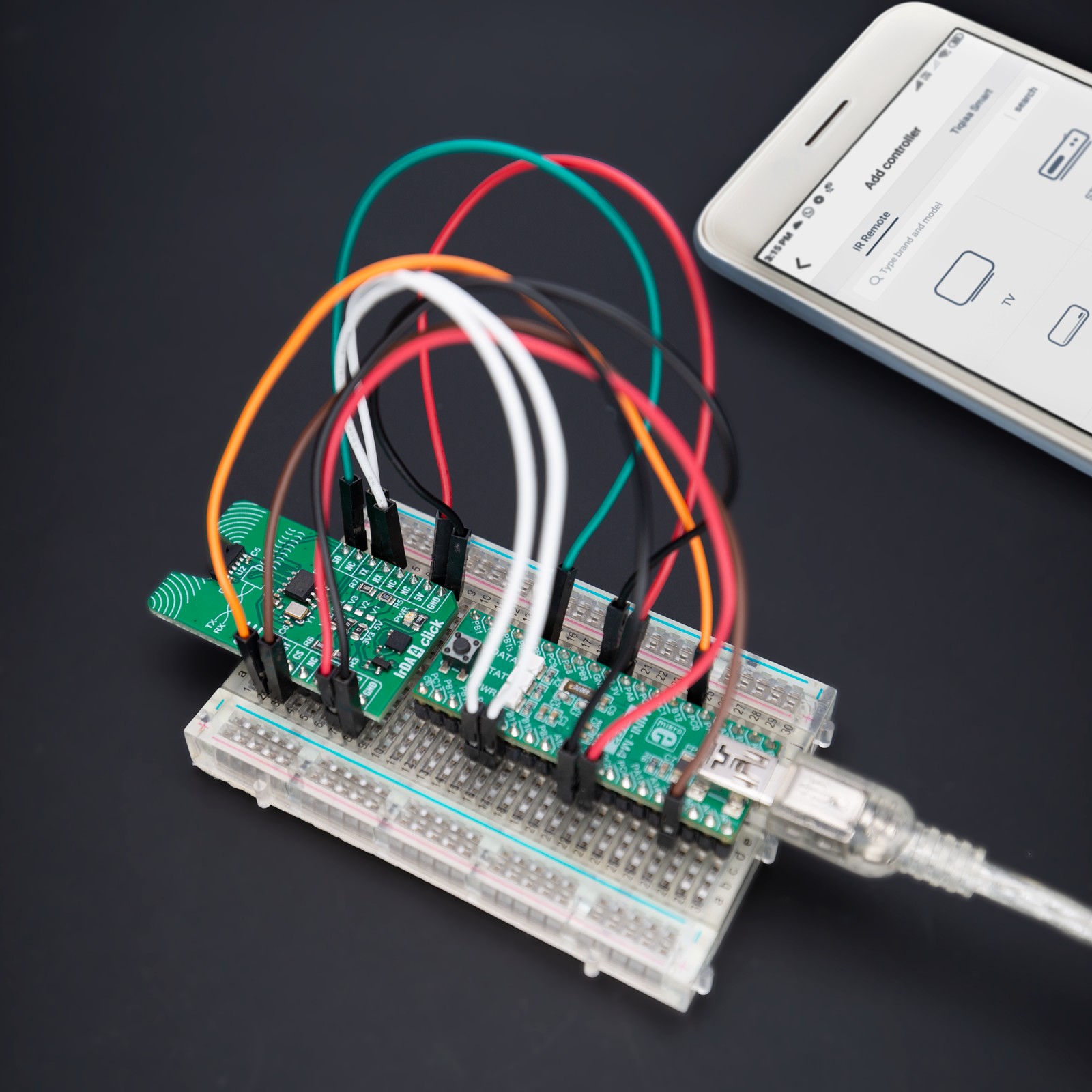
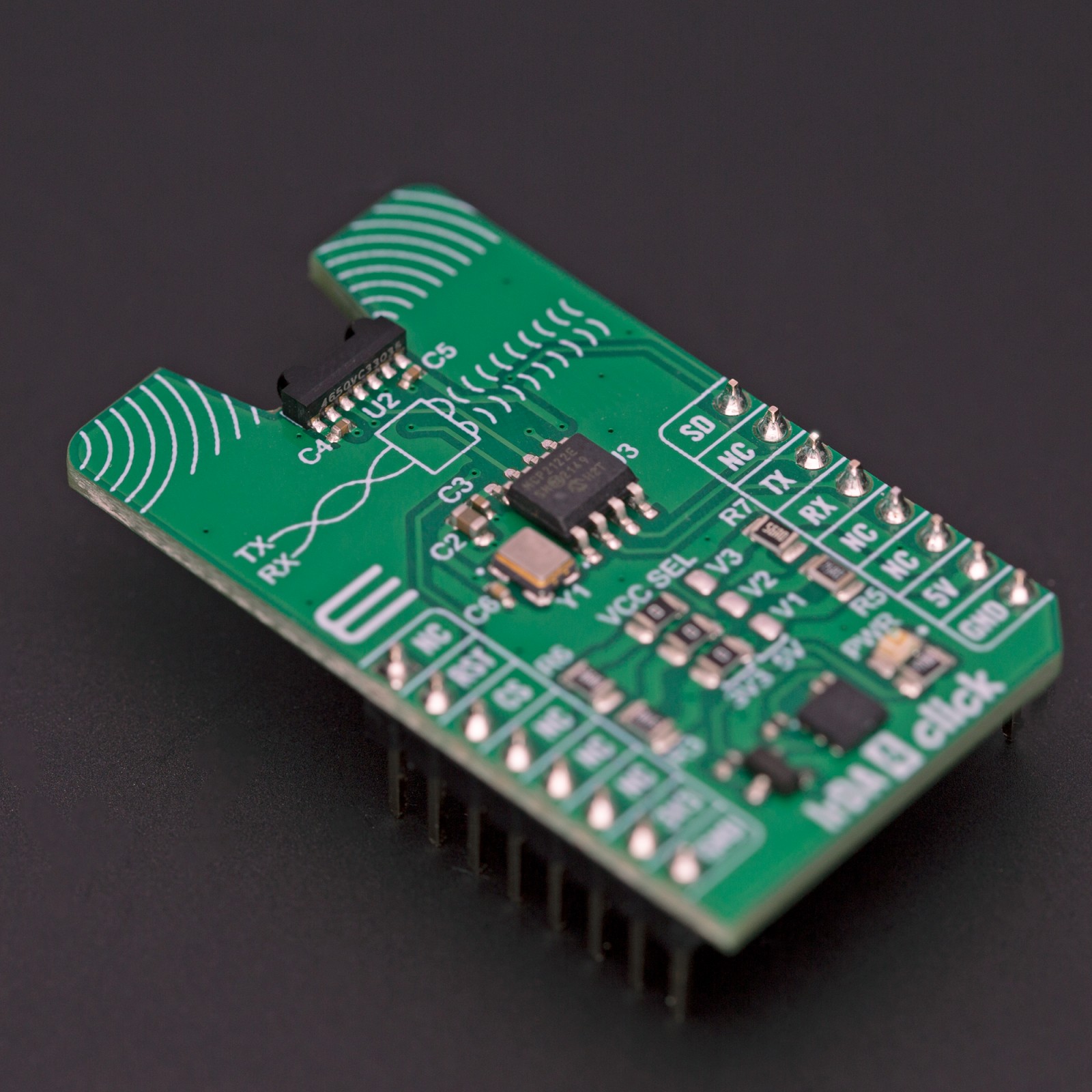
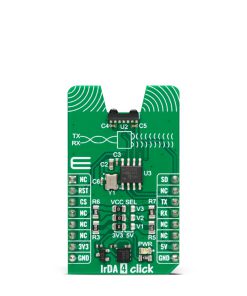
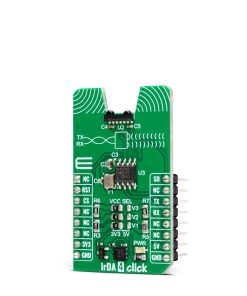
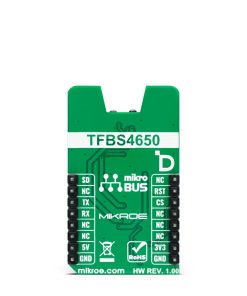
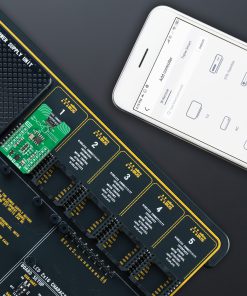
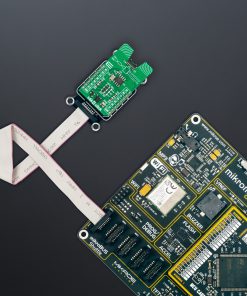
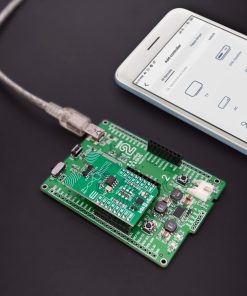
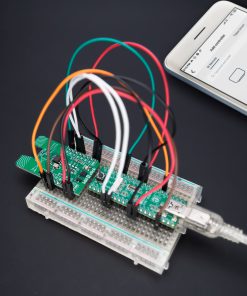
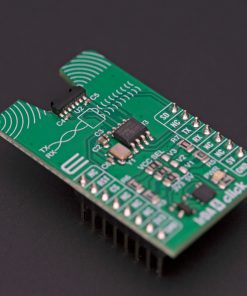
.jpg)








